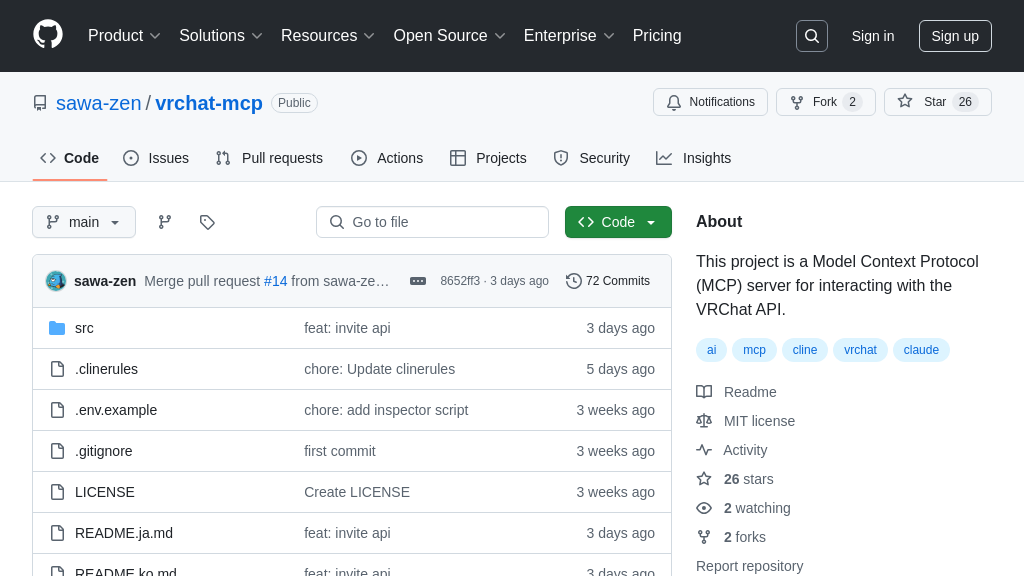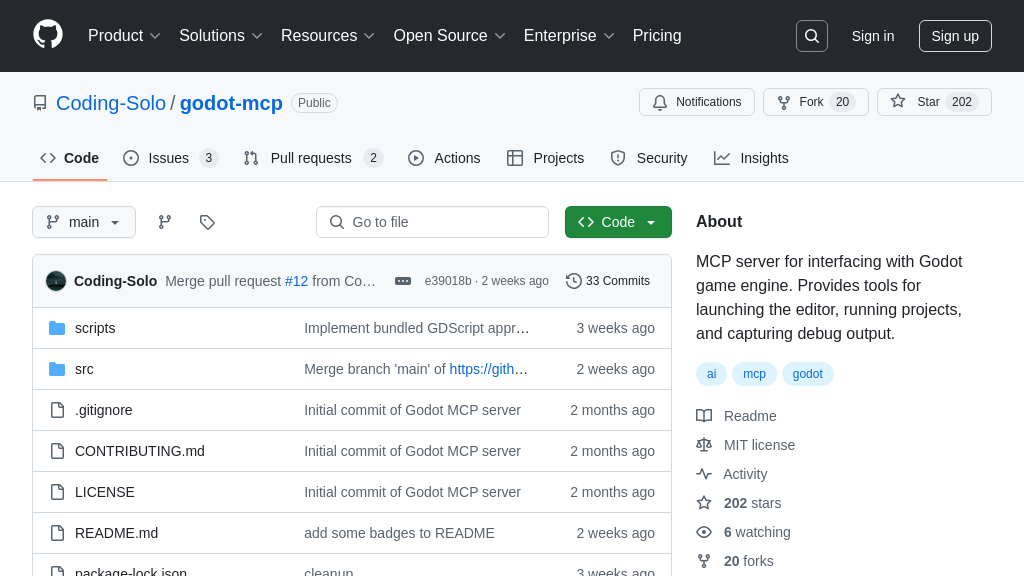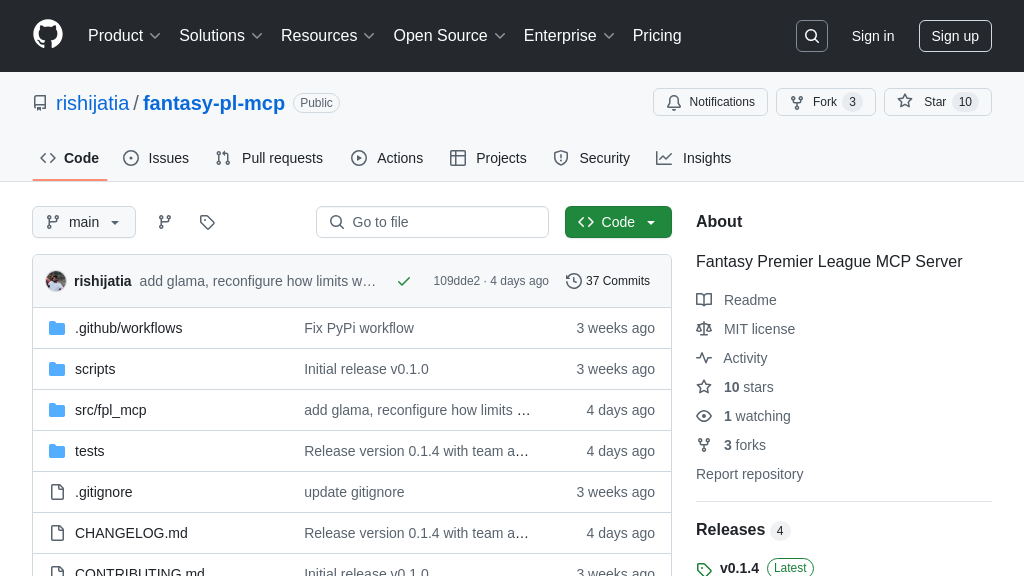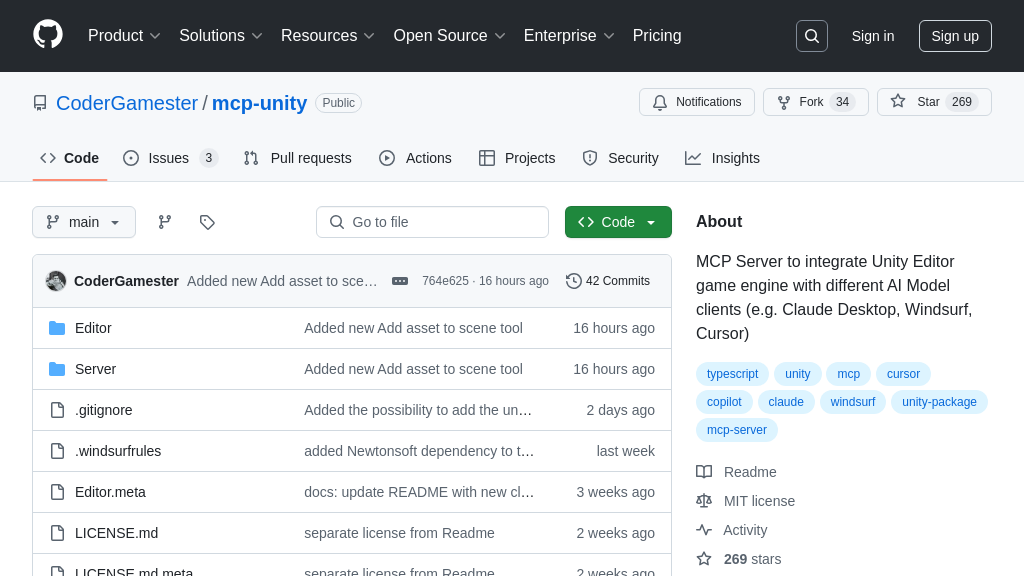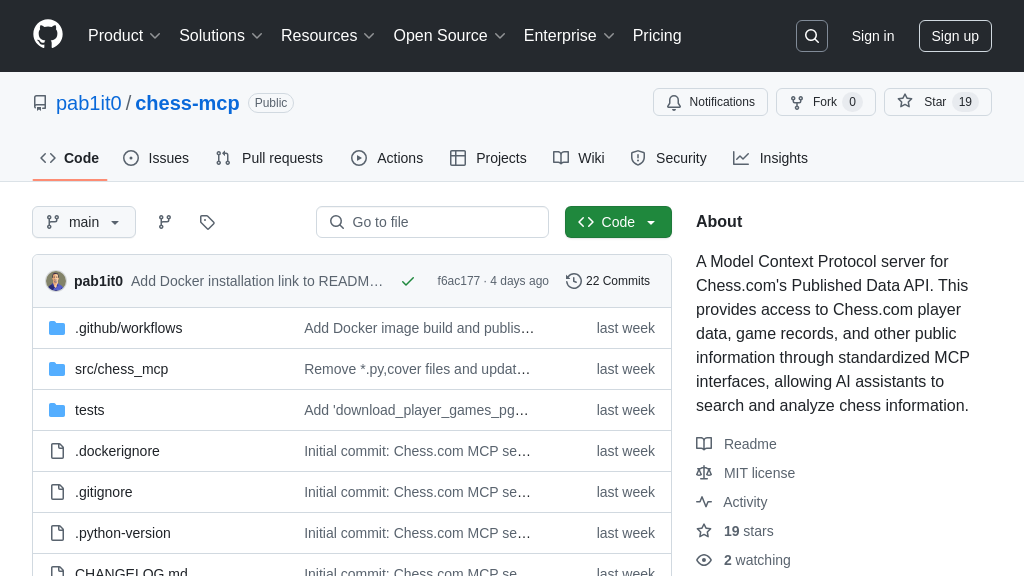MemoryMesh
MemoryMesh: An MCP server providing AI models with structured memory via knowledge graphs, enhancing interactive storytelling and RPGs.
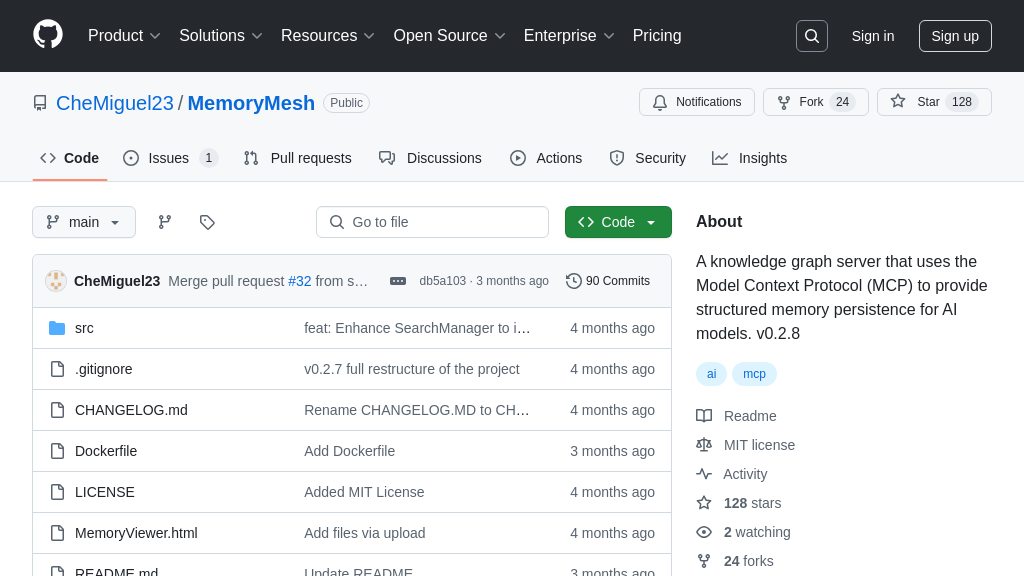
MemoryMesh Solution Overview
MemoryMesh is a knowledge graph server designed to provide AI models with structured memory persistence, particularly useful for text-based RPGs and interactive storytelling. As an MCP server, it enables AI clients to maintain consistent and structured memories during conversations, leading to richer and more dynamic interactions.
It leverages schemas to define data structures, automatically generating tools for adding, updating, and deleting data. Key features include dynamic schema-based tooling, intuitive schema design, metadata for AI guidance, and relationship handling. MemoryMesh integrates seamlessly with AI models by providing a structured knowledge graph that the AI can query and update via MCP.
The core value lies in its ability to help AI maintain consistent context, enabling more engaging and believable interactions in dynamic environments. It stores data in a JSON file and offers a Memory Viewer tool for visualizing the knowledge graph. This solution enhances AI's reasoning capabilities by providing a structured and easily accessible memory store.
MemoryMesh Key Capabilities
Dynamic Schema-Based Tooling
MemoryMesh automatically generates tools for data manipulation based on defined schemas, streamlining the interaction between AI models and the knowledge graph. By defining data structures in schemas, MemoryMesh creates add, update, and delete tools for each entity type. This eliminates the need for manual coding of data operations, allowing developers to focus on the application's logic and content. The AI can then use these tools to directly interact with the knowledge graph, adding new information, modifying existing data, or removing obsolete entries. This dynamic tooling ensures that the AI's actions align with the defined data structure, maintaining consistency and accuracy within the knowledge graph.
For example, in a text-based RPG, defining a schema for "characters" with properties like "name," "race," and "location" would automatically generate tools for adding, updating, and deleting character entities. The AI can then use these tools to manage the game's characters, ensuring that all character data adheres to the defined schema.
Intuitive Schema Design
MemoryMesh facilitates the creation of schemas that guide AI in generating and connecting nodes within the knowledge graph. Schemas define the structure of data, including required fields, enumerated types, and relationships between entities. This structured approach enables AI to understand the meaning and context of data, leading to more informed and coherent interactions. By using metadata within schemas, developers can provide additional context and guidance to the AI, further enhancing its understanding of the data. The schema-driven approach ensures that the AI generates data that is consistent, accurate, and relevant to the application's needs.
Consider a social network simulation where schemas define user profiles, posts, and relationships. By defining these schemas with specific properties and relationships, the AI can generate realistic user interactions and social dynamics. For instance, a "friend" relationship between two user profiles can be defined in the schema, guiding the AI to create connections between relevant nodes in the knowledge graph.
Relationship Handling
MemoryMesh enables the definition of relationships within schemas, encouraging AI to create connections between related data points (nodes). By defining relationships, such as "owns" or "located_in," in the schema, developers can guide the AI to establish connections between entities in the knowledge graph. This ensures that the AI understands the relationships between different pieces of information, leading to more coherent and context-aware interactions. The relationship handling feature allows for the creation of complex and interconnected knowledge graphs that accurately represent the relationships between entities in the real world.
In an organizational planning application, relationships between employees, departments, and projects can be defined in the schema. For example, an "assigned_to" relationship between an employee and a project can be defined, guiding the AI to create connections between the corresponding nodes in the knowledge graph. This allows the AI to understand the organizational structure and project assignments, enabling it to provide insights and recommendations based on the relationships between entities.
Memory Viewer for Graph Visualization
MemoryMesh includes a Memory Viewer tool that provides a visual representation of the knowledge graph, allowing users to explore nodes, edges, and their properties. This tool offers an interactive interface for examining the structure and content of the knowledge graph, making it easier to understand the relationships between entities. The Memory Viewer supports features such as node inspection, edge exploration, search and filtering, and raw JSON data viewing. This visual representation of the knowledge graph helps developers and users gain insights into the data and identify potential issues or areas for improvement.
For instance, in a knowledge graph representing a text-based RPG, the Memory Viewer can be used to visualize the relationships between characters, locations, and items. This allows developers to easily identify connections between entities and ensure that the game world is accurately represented in the knowledge graph. The Memory Viewer can also be used to debug issues with the knowledge graph, such as missing relationships or incorrect data.
